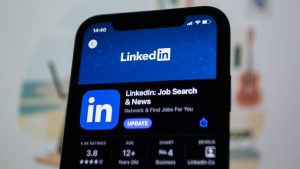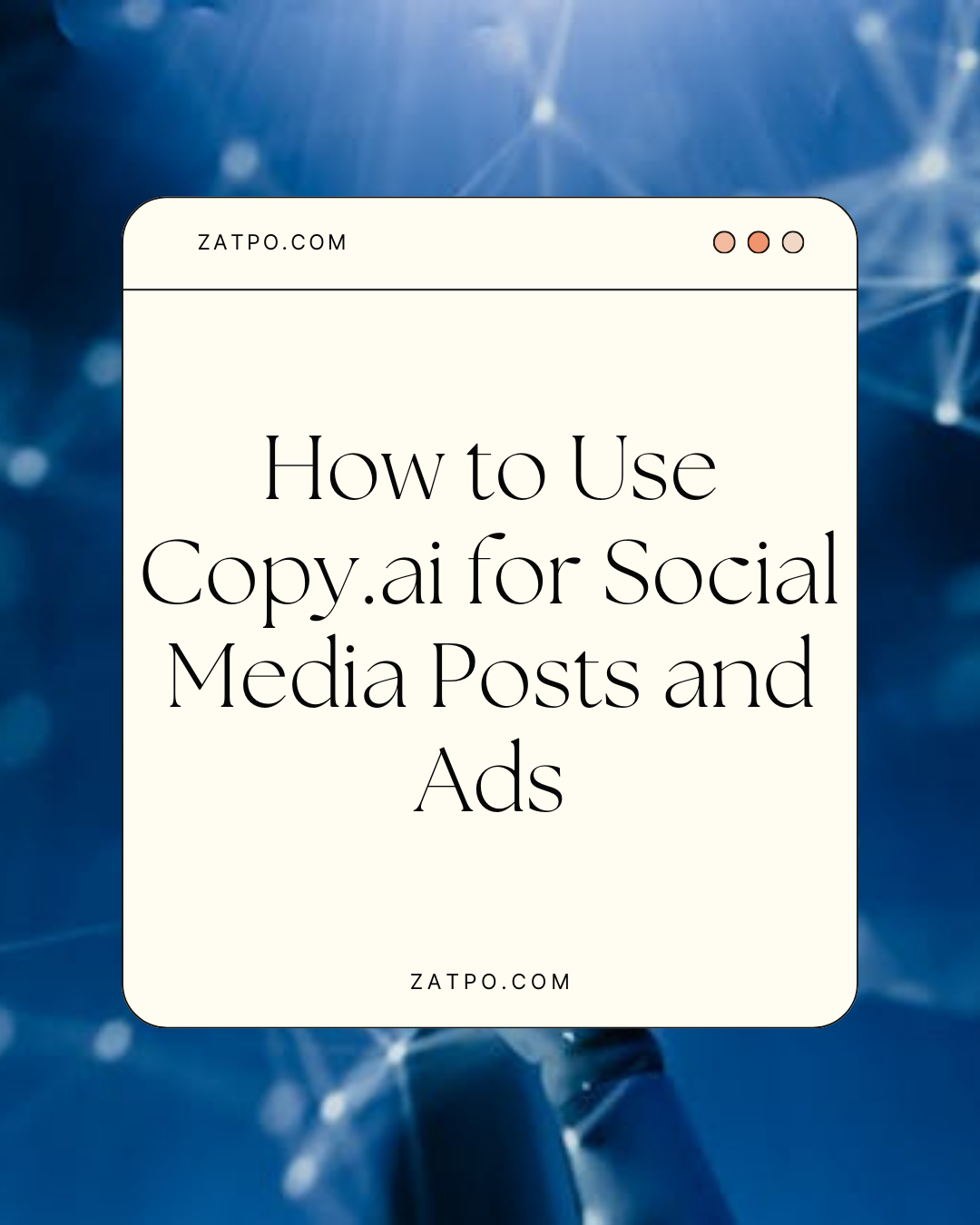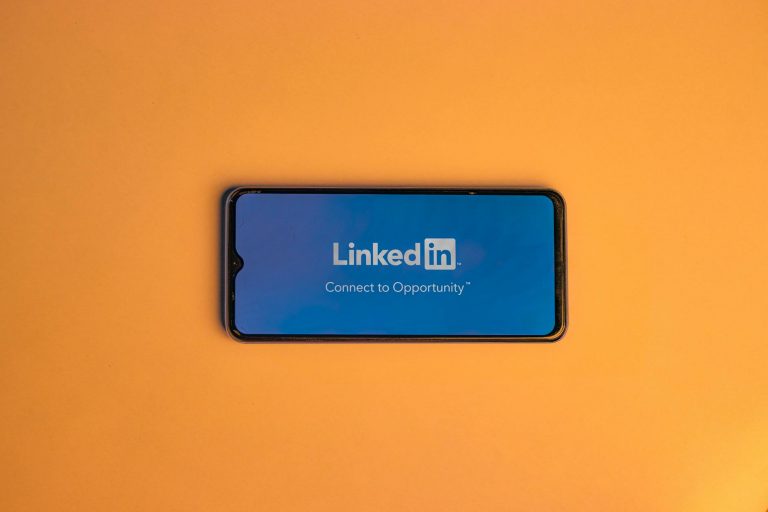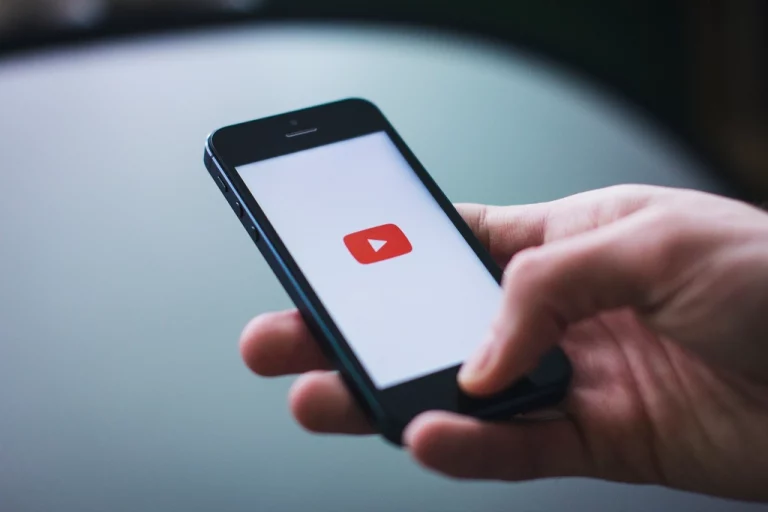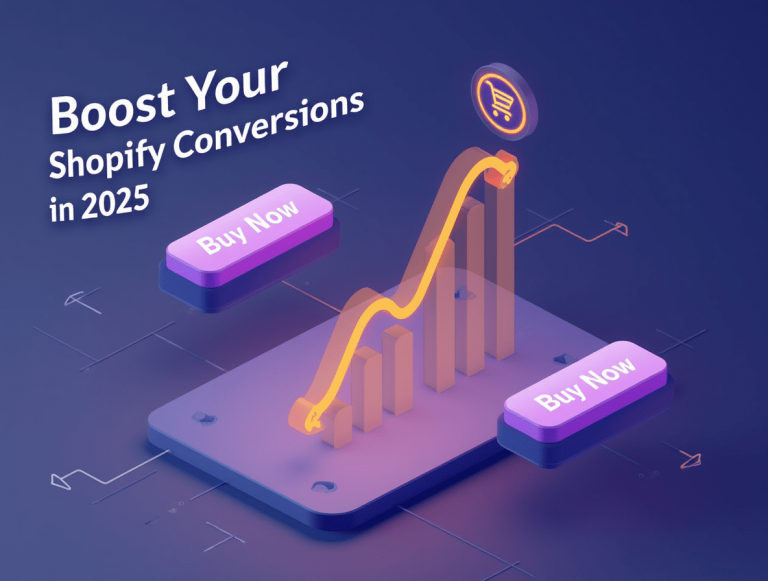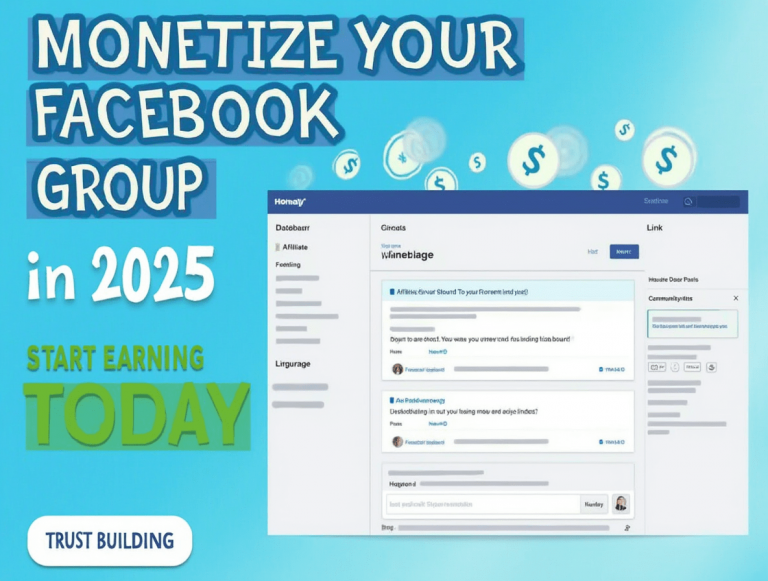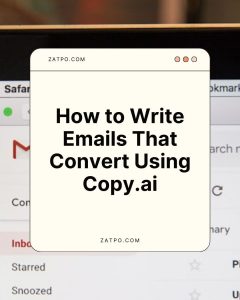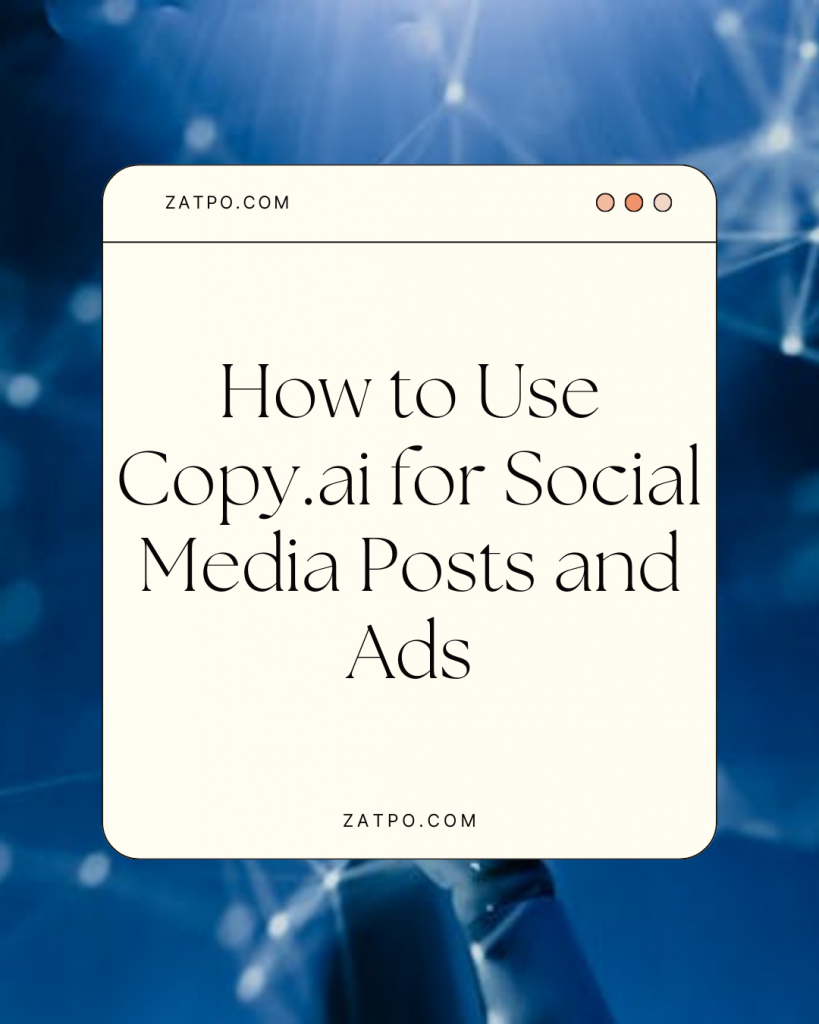
Creating compelling social media content and effective ads consistently remains one of the biggest challenges for marketers and business owners. The constant demand for fresh, engaging posts across multiple platforms can quickly become overwhelming. This is precisely where Copy.ai enters the picture – offering an AI-powered solution that can transform your content creation process.
In this guide, I’ll walk you through exactly how to leverage Copy.ai to generate social media posts and ad copy that drive real results. We’ll cover everything from setup to advanced techniques that will help you create more content in less time without sacrificing quality.
What is Copy.ai?
Copy.ai is an AI writing assistant that uses advanced language models to generate marketing content, including social media posts, ad copy, product descriptions, and more. The platform offers dozens of specialized templates designed for specific content types and marketing objectives.
The tool excels at:
- Generating multiple content variations quickly
- Overcoming writer’s block with fresh ideas
- Maintaining consistent posting schedules
- Creating platform-specific content that resonates
Getting Started with Copy.ai
Setting Up Your Account
- Visit Copy.ai and create an account (free plan available or premium subscription)
- Complete your profile with basic information about your brand
- Navigate the dashboard to locate templates and tools
- Set up your brand voice (if using premium features)
The interface is intuitive, with a left-side navigation menu organizing templates by category and a main workspace where you’ll input your information and review generated content.
Creating Effective Social Media Posts
Step 1: Choose the Right Template
Copy.ai offers several templates specifically for social media:
- Social Media Post: All-purpose format suitable for most platforms
- Instagram Caption: Optimized for engagement with space for hashtags
- LinkedIn Post: Professional tone for business audience
- Twitter/X Post: Concise messaging within character limits
- Facebook Status: Conversational format designed for community engagement
Select the template that matches your target platform by clicking on it from the templates menu.
Step 2: Input Your Content Brief
The quality of your output depends on what you put in. When creating your brief, include:
- Topic: What specific subject are you posting about?
- Key message: What’s the main point you want to communicate?
- Target audience: Who should this content speak to?
- Tone: Casual, professional, inspirational, or humorous?
- Call to action: What should readers do next?
For example, instead of saying “post about our product,” be specific: “Post about our new eco-friendly water bottle that keeps drinks cold for 24 hours, targeting environmentally conscious millennials with an emphasis on sustainability.”
Step 3: Generate and Select Options
After submitting your brief:
- Review the 5-10 variations Copy.ai produces
- Look for options that match your brand voice
- Select the strongest candidate as your starting point
- Click “Generate More” if none of the initial options feel right
Don’t settle for the first round of suggestions. The platform often produces stronger content after you’ve selected and refined initial options.
Step 4: Edit and Customize Content
AI-generated content should serve as a starting point, not the final product:
- Add your brand-specific language and messaging
- Incorporate product or service specifics
- Adjust the tone to match your brand voice
- Format the text appropriately for each platform:
- Add paragraph breaks for readability
- Include relevant hashtags for Instagram and Twitter
- Ensure length is appropriate (shorter for Twitter, longer for LinkedIn)
Platform-Specific Optimizations
Each social platform has unique characteristics to consider:
Instagram:
- Focus on visual storytelling that complements your image
- Include 5-15 relevant hashtags (can be generated separately in Copy.ai)
- Create a strong first line to grab attention before the “more” cutoff
LinkedIn:
- Lead with industry insights or professional value
- Structure content with clear paragraphs and bullet points
- Include relevant statistics or data points to establish authority
Twitter/X:
- Ensure you stay within the 280-character limit
- Front-load key information
- Use questions or strong statements to drive engagement
Facebook:
- Create conversational content that encourages comments
- Include a clear call to action
- Consider how the post will appear in News Feed
Creating High-Converting Ad Copy
Step 1: Select an Ad-Specific Template
Copy.ai offers specialized templates for different ad formats:
- Facebook Ad Copy
- Google Ads
- Ad Headlines
- PAS (Problem-Agitate-Solution) Framework
- AIDA (Attention-Interest-Desire-Action) Framework
Choose the template that aligns with your advertising platform and strategic approach.
Step 2: Provide Detailed Campaign Information
For effective ad copy, include:
- Product/service details: Specific features and benefits
- Unique selling proposition: What makes your offering different?
- Target audience pain points: What problems are you solving?
- Desired outcome: What action should viewers take?
- Special offers: Any promotions, discounts, or limited-time deals?
The more specific your input, the more targeted your ad copy will be.
Step 3: Generate Multiple Ad Elements
Digital advertising success relies on testing different approaches:
- Create 5-7 headline variations
- Generate 3-5 primary text options
- Develop 2-3 different calls to action
- Produce multiple description variations
This gives you a complete testing matrix for your campaigns, allowing you to identify top performers through actual market feedback.
Step 4: Refine for Platform Requirements
Each ad platform has specific format restrictions:
Facebook/Instagram Ads:
- Primary text: 125 characters visible before “See More”
- Headline: 40 characters maximum
- Description: 30 characters maximum
Google Ads:
- Headlines: 30 characters each (3 headlines available)
- Descriptions: 90 characters each (2 descriptions available)
LinkedIn Ads:
- Headline: 70 characters maximum
- Description: 150 characters maximum
Edit your Copy.ai output to fit these specifications while preserving the core message.
Advanced Copy.ai Techniques
Using the Brand Voice Feature
For consistent messaging across all channels:
- Navigate to the Brand Voice section
- Upload examples of your existing content
- Allow Copy.ai to analyze your preferred style
- Apply this voice profile to future generations
This feature ensures all AI-generated content maintains your established tone and messaging approach.
Creating Custom Templates
For recurring content needs:
- Select “Custom Templates” from the dashboard
- Define your specific inputs and structure
- Save frequently used prompts for quick access
- Build a library of effective frameworks
Custom templates are particularly valuable for teams managing multiple brands or content types.
Leveraging the Copy.ai Chrome Extension
For streamlined workflow:
- Install the extension from the Chrome Web Store
- Generate content directly while working on social platforms
- Edit and refine without switching between tabs
- Save commonly used prompts for quick access
This tool is especially useful for social media managers handling multiple accounts or those working with scheduling tools.
Best Practices for Better Results
1. Be Specific with Your Inputs
The quality of AI output directly correlates with the quality of your prompts:
- Include specific product details and benefits
- Define your audience demographics and preferences
- Specify content goals (awareness, engagement, conversion)
- Indicate preferred tone and style
2. Always Edit and Personalize
AI-generated content should be a starting point:
- Add brand-specific language and terminology
- Insert authentic brand stories or examples
- Adjust tone to match your established voice
- Remove generic phrases or clichés
3. Test and Iterate
Successful content creation is an iterative process:
- Generate multiple variations for each post or ad
- Test different approaches with your audience
- Track performance metrics for AI-generated content
- Refine your prompts based on what performs well
4. Combine AI Templates for Comprehensive Content
For more sophisticated content:
- Use the “Blog Post” template to generate long-form ideas
- Extract key points for social media posts
- Generate headlines separately for maximum impact
- Create complementary content across platforms
Common Mistakes to Avoid
- Using AI output without review: Always edit and personalize
- Vague input prompts: Specificity leads to better results
- Ignoring platform requirements: Each channel has unique constraints
- Overlooking your brand voice: AI content should sound like you
- Relying solely on AI: Use it as a tool, not a replacement for strategy
Measuring Content Performance
Track these metrics to gauge effectiveness:
- Engagement rates: Comments, shares, likes, and saves
- Click-through rates: How often people take action
- Conversion metrics: Sign-ups, downloads, or purchases
- Audience growth: New followers or subscribers
- Sentiment analysis: How people respond to your content
Compare performance between AI-assisted content and your traditional approach to refine your strategy over time.
Conclusion
Copy.ai represents a powerful addition to any marketer’s toolkit, offering significant time savings while maintaining content quality. By following the steps and best practices outlined in this guide, you’ll be able to create engaging social media posts and effective ads more efficiently.
Remember that the most successful approach combines AI efficiency with human creativity and strategic thinking. Use Copy.ai to handle the heavy lifting of content generation, then apply your unique brand insights and expertise to refine and perfect each piece.
With practice, you’ll develop a workflow that allows you to create more high-quality content in less time – giving you the freedom to focus on strategy, audience engagement, and measuring results.



